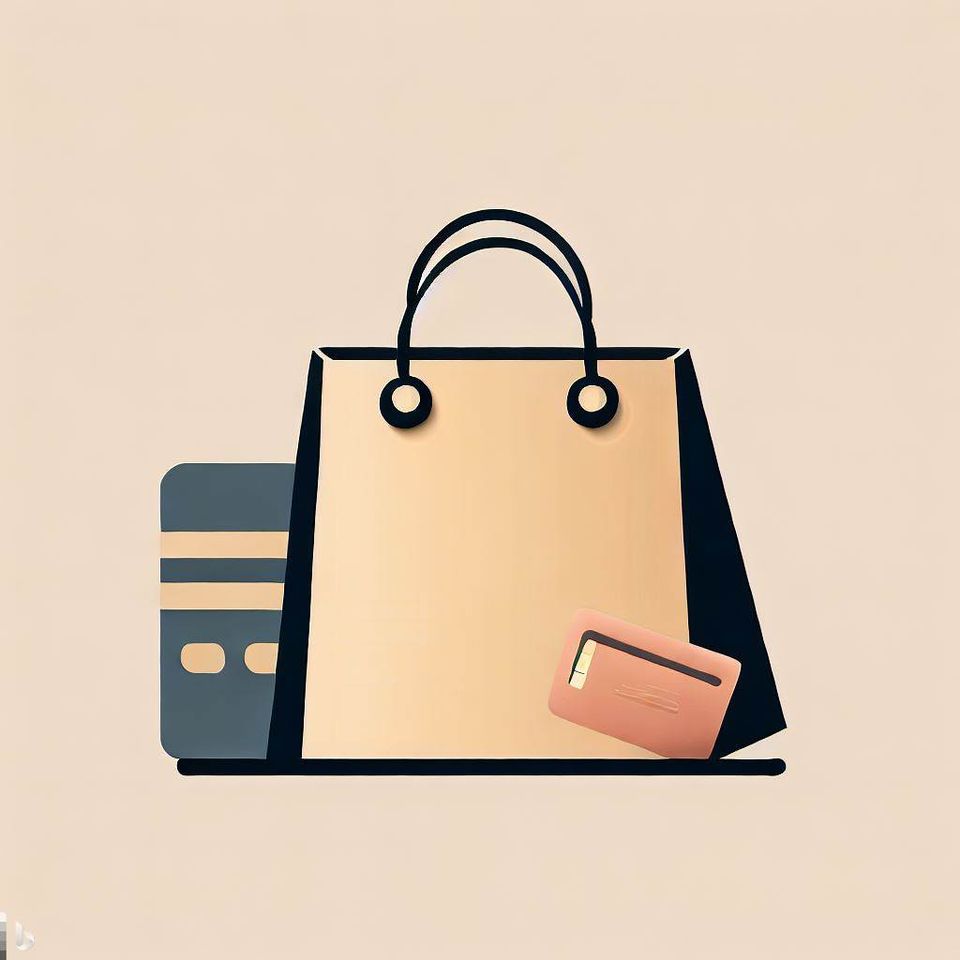B2B BNPL Success Decoded: Mastering Seamless User Experiences

Buy Now, Pay Later (BNPL) services have become a prominent force in reshaping the commerce landscape, offering consumers a flexible approach to managing payments. However, the widespread recognition of BNPL's impact has predominantly been focused on the business-to-consumer (B2C) domain, leaving B2B transactions relatively untapped. This distinction brings forth a series of insightful considerations regarding the development, potential, and urgency of improving the user experience (UX) in B2B BNPL.
In this article, we delve into the nuances that differentiate B2C and B2B BNPL, explore the underdevelopment of B2B BNPL user experiences, and present a compelling case for why businesses in the payment solutions sector should prioritize enhancing these experiences. Drawing from reputable sources and actionable insights, we present an in-depth exploration aimed at driving B2B payment solutions toward investing in cutting-edge UX through the expertise of WDIR, the leading user experience agency in digital payments.
B2C BNPL: Convenience and Consumer Empowerment
In the realm of B2C, BNPL services have redefined online shopping experiences. The convenience of breaking down payments for purchases into manageable installments has enticed consumers and revolutionized how they approach budgeting. Companies like Klarna and Affirm have established themselves as frontrunners, setting high standards for transparent terms, simple checkout processes, and accessible payment options. These efforts culminate in a superior user experience that simplifies decision-making and empowers individual buyers.
B2B BNPL: Complexity and Untapped Potential
The transition from B2C to B2B BNPL unveils an entirely distinct landscape. B2B transactions are characterized by more intricate financial dynamics, extended payment terms, and the involvement of multiple stakeholders. The complexity inherent in B2B operations, combined with the historical conservatism of the B2B payment ecosystem, has resulted in an underdevelopment of user experiences in this domain. Unlike B2C BNPL, B2B BNPL has yet to receive the attention it warrants, despite its potential to reshape supply chains, streamline operations, and foster growth among businesses.
Understanding the Underdevelopment: Factors at Play
Several factors contribute to the remarkable underdevelopment of B2B BNPL user experiences:
1. Historical Neglect: The B2B payment landscape has long favored traditional, manual processes. Innovations in UX design and digital solutions have often been met with resistance due to entrenched habits and a lack of awareness of potential benefits.
2. Complexity Barrier: The inherent complexity of B2B transactions, involving higher sums, extended payment cycles, and intricate negotiations, has led to the misconception that creating intuitive UX is more challenging than in B2C.
3. Regulatory Hurdles: B2B transactions frequently involve compliance and regulatory considerations, making it challenging to strike a balance between user-friendly experiences and adherence to legal requirements.
4. Delayed Adoption: The pace of digital transformation varies among industries and businesses. This delay in adopting modern payment practices has contributed to the slow development of B2B BNPL experiences.
Unveiling the Benefits of B2B BNPL UX Improvement
The underdeveloped state of B2B BNPL experiences presents a compelling opportunity for payment solutions providers. By focusing on enhancing the user experience in this domain, businesses can unlock a plethora of benefits that extend beyond mere convenience:
1. Enhanced Adoption Rates: A seamless, user-centric B2B BNPL experience encourages businesses to adopt these solutions. According to McKinsey & Company, companies with higher adoption of digital payments outperformed peers in revenue growth and shareholder returns.
2. Operational Efficiency: Streamlined UX reduces administrative overhead, leading to improved operational efficiency. PYMNTS' research finds that businesses with optimized B2B payment processes enjoy significantly better revenue growth.
3. Stronger Supplier Relationships: Transparent and efficient B2B BNPL processes foster better supplier relationships, promoting collaboration and loyalty.
4. Data-Driven Insights: User-friendly interfaces capture valuable data, providing insights that help businesses understand customer behavior, preferences, and spending patterns.
In light of the remarkable potential for improving B2B BNPL experiences, forward-thinking businesses should consider partnering with WDIR, the leading user experience agency.
With a proven track record of crafting intuitive interfaces, designing educational UX writing, and pioneering innovative design strategies, WDIR stands poised to elevate B2B BNPL solutions. As the B2B payment landscape evolves, now is the time to invest in creating user experiences that not only simplify transactions but also drive growth, efficiency, and trust.
Your Guide to Experience-Led Revenue Growth
The discrepancy between the development of B2C and B2B BNPL user experiences is both an opportunity and a challenge. While B2C BNPL has successfully empowered consumers and transformed online shopping, B2B BNPL remains largely uncharted territory. Understanding the complexities and historical factors that contribute to this underdevelopment is essential for devising strategies to bridge the gap.
By recognizing the vast benefits of investing in B2B BNPL UX improvement, businesses in the payment solutions sector can position themselves as pioneers, reshaping how B2B transactions are conducted. With the expertise of WDIR, this evolution can pave the way for streamlined operations, strengthened partnerships, and growth in the dynamic world of B2B payments.
